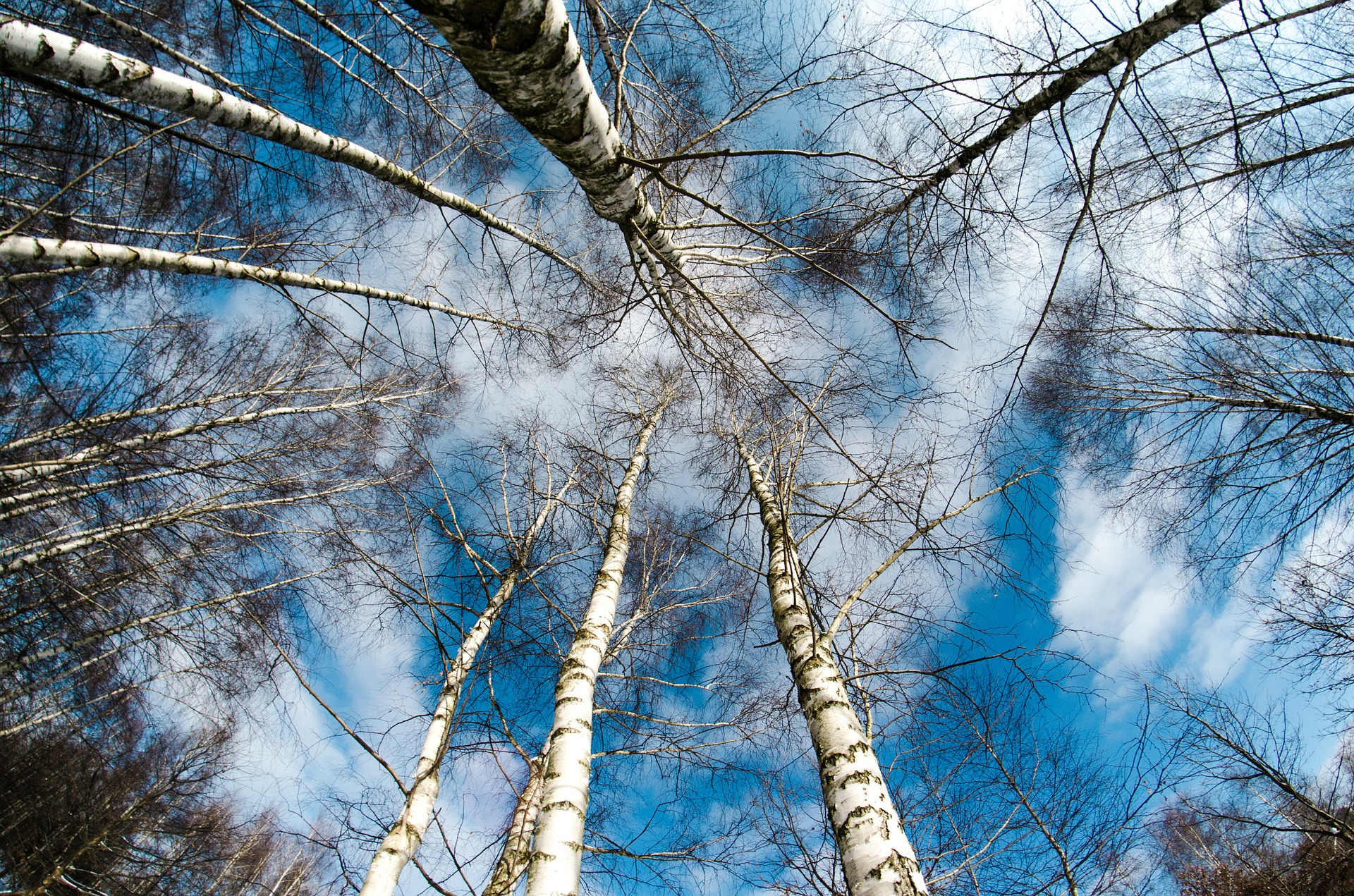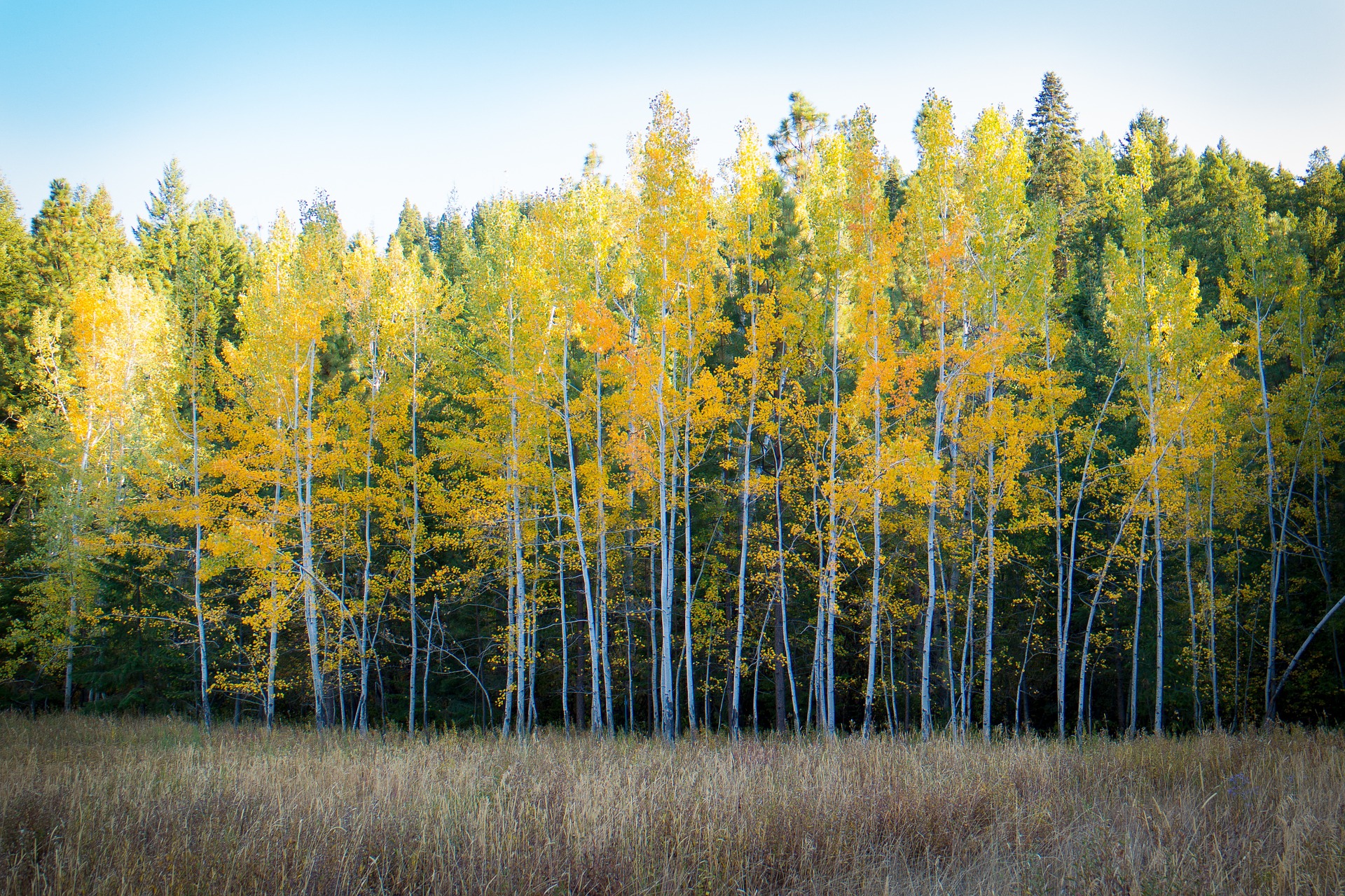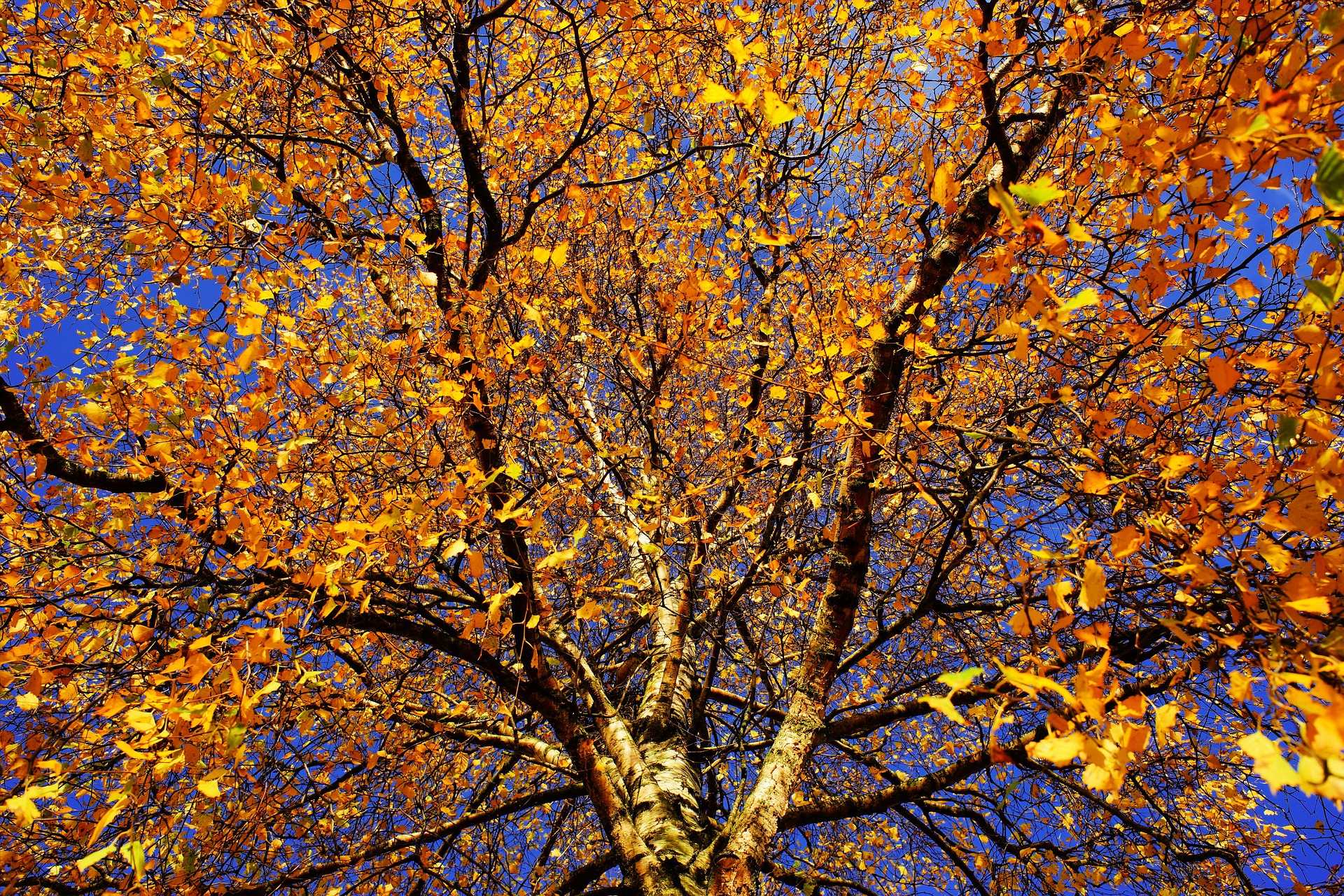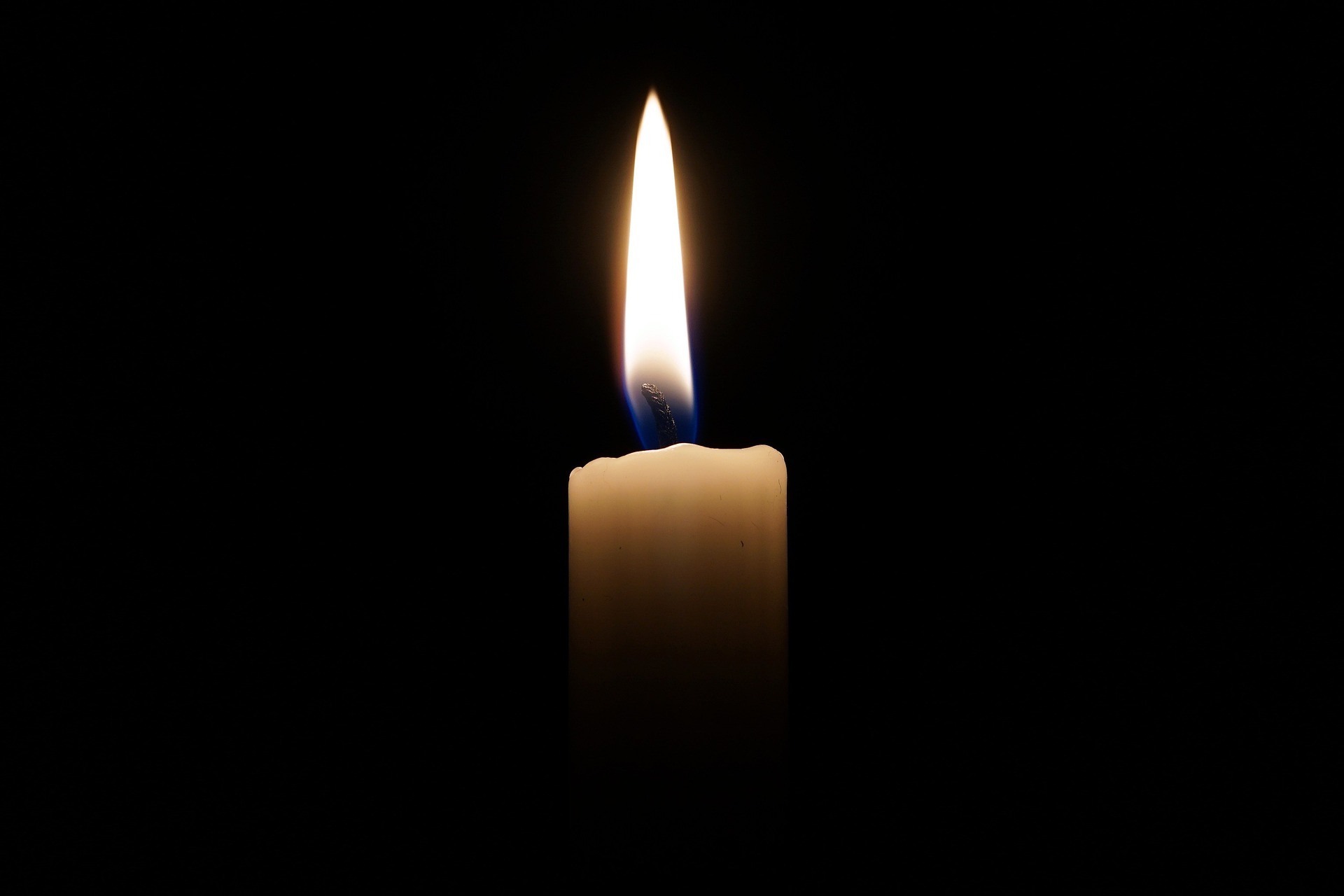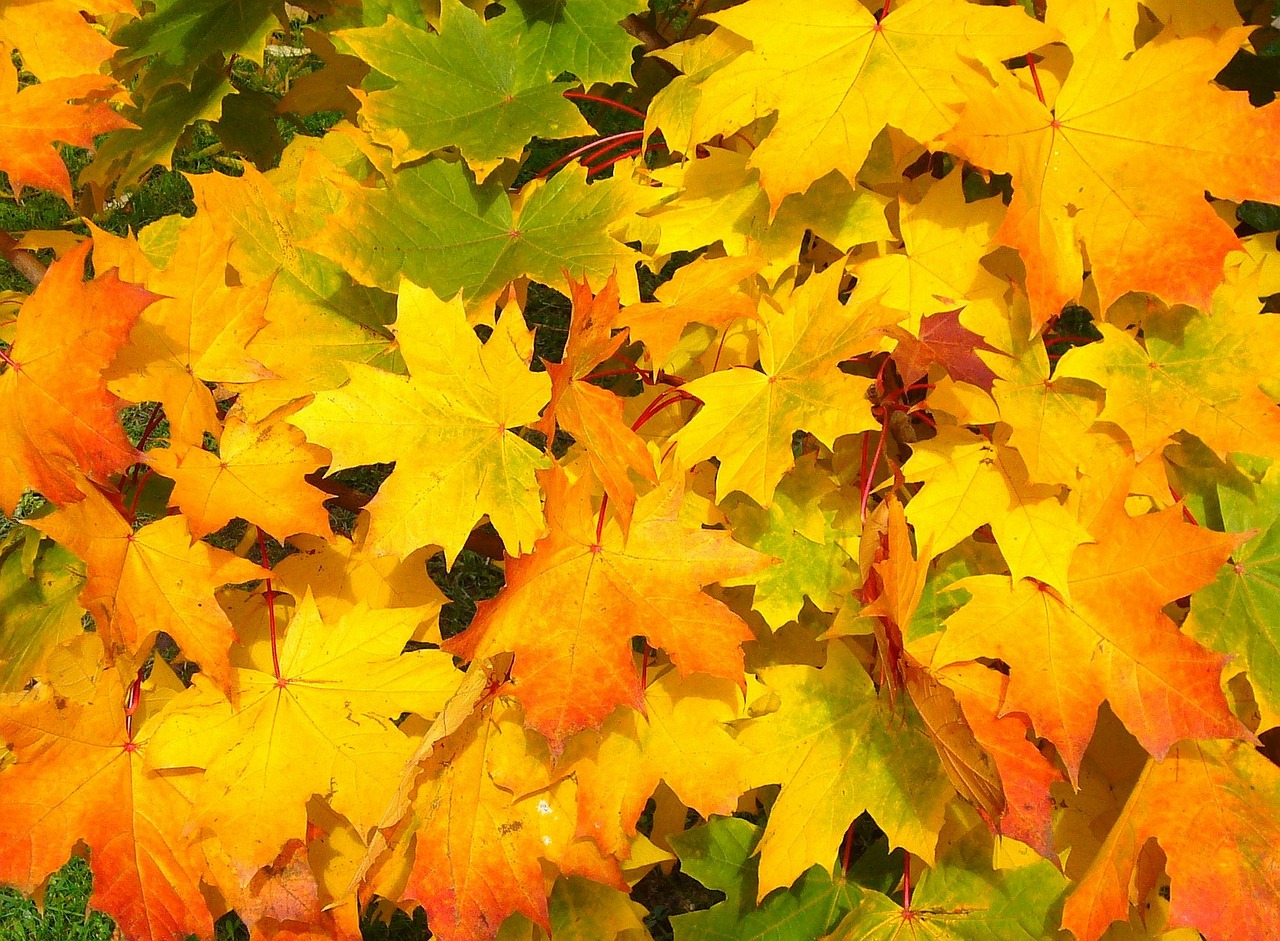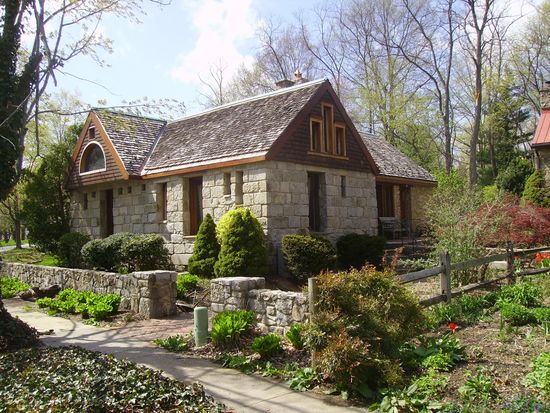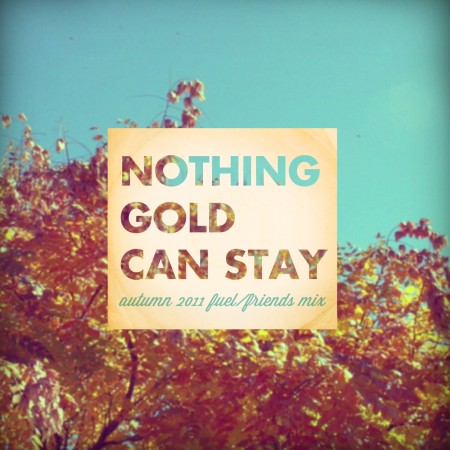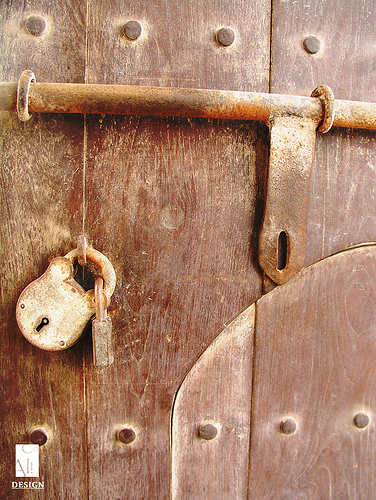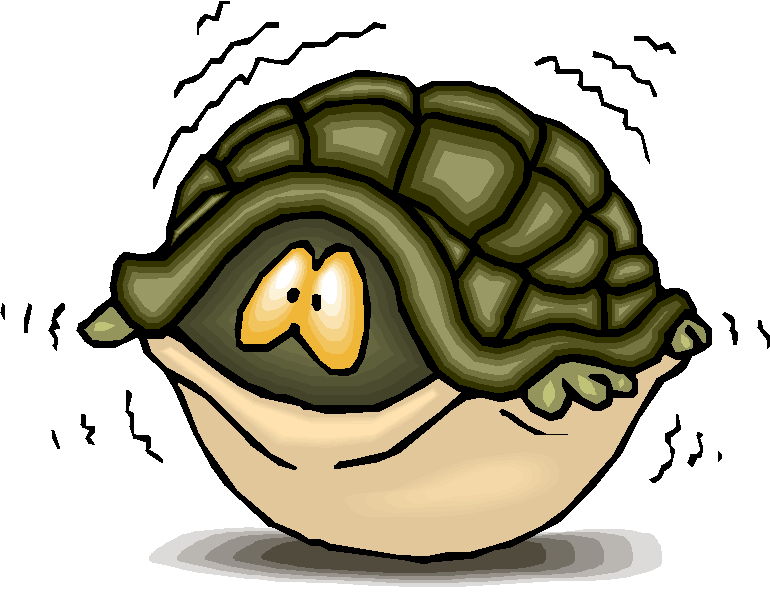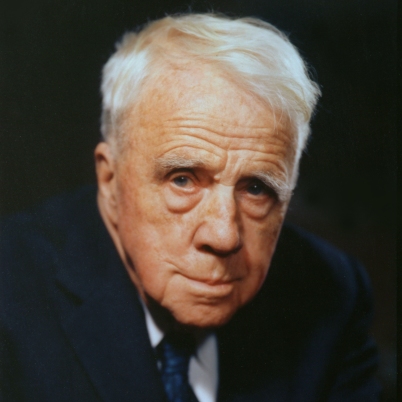Dust of Snow: Answered Questions
1. What is a “dust of snow”? What does the poet say has changed his mood? How has the poet’s mood changed?
Answer: A ‘dust of snow’ means the powder of snow created by the crow when it shook down an ice-laden with snow. The sudden shower in the form of the ‘dust of snow’ has changed the poet’s mood. The poet’s mood has been changed from depression to joy. He is holding the day in regret when this dust of snow fell on him, and this simple little thing brings him some joy, and the poet becomes happy for the rest of the day.
2. How does Frost present nature in this poem?
Answer: Frost is a great nature poet. He writes of natural scenes and sights. Generally, poets take the birds and trees known for their beauty and good qualities like peacocks, parrots, cuckoo, trees full of beautiful flowers and fruits, etc.
But, Frost, in this poem, has presented nature in quite an unconventional manner. He has chosen a crow, a blackbird in color with a very harsh voice and believed to symbolize a bad omen. Likewise, the hemlock tree is a poisonous plant with white flowers. It means he has left all the beautiful colors present globally and has chosen black and white. Actually, the poet has done so to present his mood and feelings. The crow and hemlock tree represent sorrow and depression felt by him in this materialistic world. On the other hand, the dust of snow is the symbol of natural joy and energy. It means passing through the sad and depressing moments the poet is entering into a time full of joy and optimism.
3. What do the ‘crow’ and ‘hemlock’ represent –joy or sorrow? What does the Dust of snow that the crow shakes off a hemlock tree stand for?
Answer: The crow and hemlock represent sorrow. It shows that the poet is feeling depressed and hopeless. The dust of snow that the crow shakes off a hemlock tree stands for joy. The simple incident changes his mood, and he becomes happy for the rest of the day.
4. “And saved some part of a day, I had rued.” Explain.
Answer: The poet is feeling depressed and hopeless. So he is not in a good mood. He is standing under a hemlock tree. Suddenly a crow shakes the dust of snow on him. The small and simple incident changed his mood. He realized that he is spoiling his time and decides to enjoy the remaining part of the day.
5. What is the central theme of this poem?
Answer: The poem “dust of snow” has been composed by Robert Frost. It represents a particular moment in the poet’s life. His mind has become sullen and despairing. Once, as he was walking in a wooded area full of hemlock trees, a cow alighted on a branch of one of those trees, causing the mass of snowflakes atop it to rain down on the poet. The snowflakes were so light and minuscule that the poet thought they resembled dust particles more than anything else. However, this raining down of snowflakes upon him did not upset the poet further. In fact, quite the opposite happened. His mood immediately improved, and he was cheered up. He felt joy and thankfulness to be alive on such a beautiful day.
6. What is the Tone of the Poem Dust of Snow?
Answer: The tone of “Dust of Snow” is light and cheerful. It reflects the change that has already taken place in the poet’s heart from sullen to joyful after the shower of snowflakes upon himself. It is thus clear that this poem has been written post that experience. The poet has almost forgotten what a bad day he had been having and has fully embraced the brightening of his mood. He now feels lucky to be alive and watch such beautiful sights as that of the snowfall.
7. How many symbols do you find in this poem? What is the purpose of using those symbols?
Answer: In this poem, the poet has introduced three symbols; the hemlock tree, the crow, and snow dust. Hemlock is the name of the poison that was used to kill Socrates. Hence, the hemlock tree is a symbol of death. Walking by the hemlock tree could, in fact, have seemed like an ill omen to the poet and could have upset him further on this unpleasant day. Again, the crow is an ambiguous symbol and could stand for many things. Generally, the crow is considered to be the ugliest among all birds. Hence, it could be another sight to degrade the poet’s mood once again. The dust of snow is the symbol of natural joy and energy.
The poet uses two negative symbols to represent the negative aspects of the mind. The shower of snow created by the crow certainly improves his mood. Perhaps the poet is saying that even something that one usually associates with negativity can positively impact. Hence, Frost’s use of symbols is very profound and meaningful.
8. Why was the poet standing under the hemlock tree?
Answer: The poet was depressed and hopeless. He was in a state of sorrowful mood. As he was lost in thoughts, he was standing under the hemlock tree. The incident was not pre-planned.
Some online learning platforms provide certifications, while others are designed to simply grow your skills in your personal and professional life. Including Masterclass and Coursera, here are our recommendations for the best online learning platforms you can sign up for today.
The 7 Best Online Learning Platforms of 2022
- Best Overall: Coursera
- Best for Niche Topics: Udemy
- Best for Creative Fields: Skillshare
- Best for Celebrity Lessons: MasterClass
- Best for STEM: EdX
- Best for Career Building: Udacity
- Best for Data Learning: Pluralsight
